Italy doesn’t just serve coffee — it orchestrates a daily symphony where every cup tells a story of regional pride, centuries-old traditions, and passionate craftsmanship. From the Habsburg-influenced cafés of Trieste to the almond-scented espresso bars of Sicily, each district has developed its distinct coffee personality, reflecting the local history, geography, and culture.
These aren’t just places to grab a quick caffeine fix; they’re living museums where baristas guard family recipes like state secrets and where the simple act of ordering ‘un caffè’ connects you to generations of Italian coffee devotion. The beauty of Italian coffee culture lies not in uniformity but in its incredible diversity — each region interpreting the bean through its unique lens of tradition and innovation.
Here is a list of 20 extraordinary coffee districts that showcase the true soul of Italian espresso culture.
Trieste
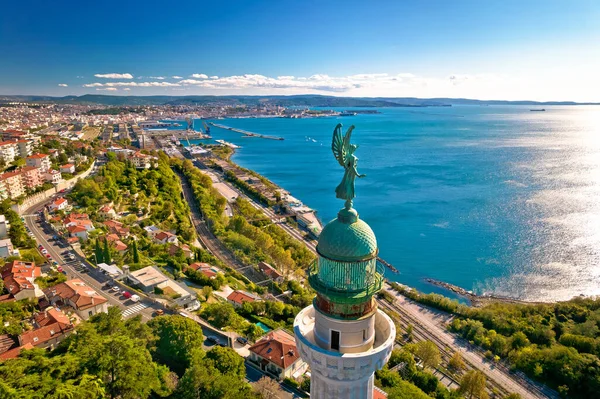
The undisputed coffee capital of Italy consumes twice as much coffee per person as anywhere else in the country, thanks to its Habsburg heritage and position as Italy’s main coffee port. Local cafés serve their espresso in glasses rather than cups, a tradition supposedly started by sailors who needed something easier to grip than delicate porcelain.
The legendary Illy headquarters here has transformed Trieste into a pilgrimage site for coffee lovers seeking the perfect balance of tradition and innovation.
Milan
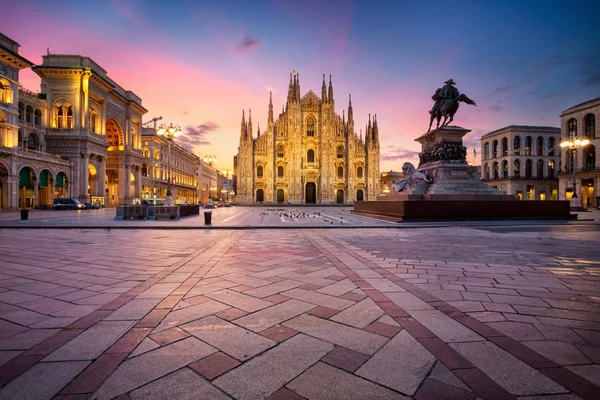
Italy’s business capital embraces coffee as fuel for its fast-paced lifestyle, creating a unique scene where traditional espresso bars coexist with cutting-edge third-wave coffee shops. Historic establishments like Caffè Cova and Pasticceria Marchesi serve as elegant meeting spaces for deals and gossip, while newer spots like Orsonero push boundaries with light roasts and specialty brewing methods.
Milan’s coffee culture perfectly mirrors the city itself — stylish, progressive, and always ready for the next big thing.
Like Travel Pug’s content? Follow us on MSN.
Turin
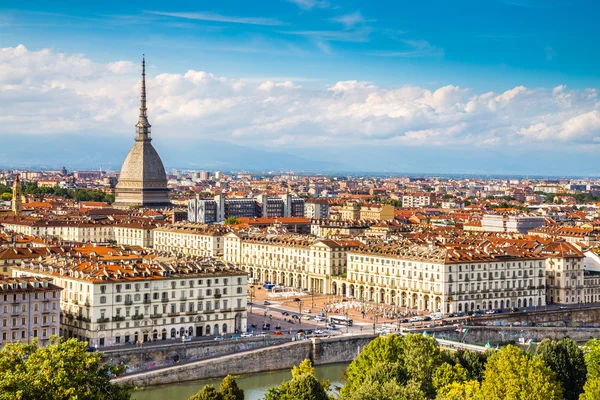
The birthplace of bicerin, that heavenly layered drink of espresso, chocolate, and cream, makes Turin a mandatory stop for coffee pilgrims. Caffè Al Bicerin has been perfecting its secret recipe since 1763, while Lavazza’s headquarters remind visitors that this elegant city spawned one of the world’s most recognizable coffee brands.
The Piedmontese approach to coffee emphasizes richness and comfort, matching perfectly with the region’s renowned chocolate traditions.
Venice
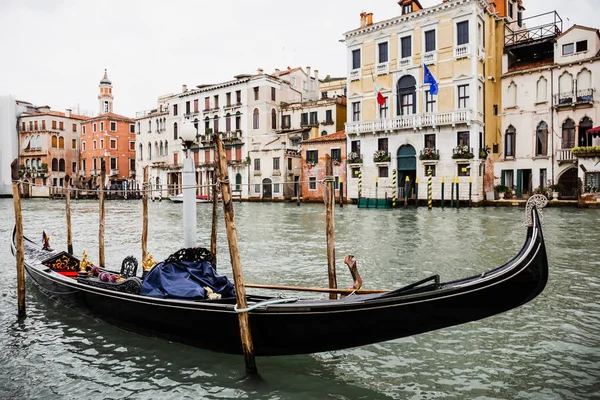
Coffee first entered Europe through Venice’s bustling ports in the 17th century, and the city still celebrates this historic connection with unmatched pageantry. Caffè Florian in Piazza San Marco has been serving coffee since 1720, making it the world’s oldest continuously operating coffee house.
The romantic setting of sipping espresso while gondoliers navigate the canals creates an atmosphere that no other coffee destination can match.
Naples
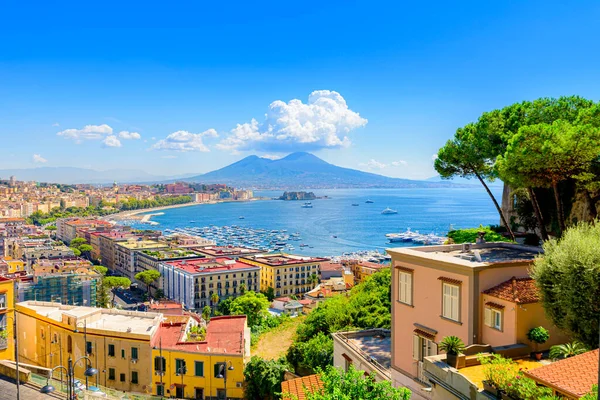
The spiritual home of Italian coffee culture, where espresso reaches its most intense and flavorful expression through the city’s preference for darker roasts and stronger extraction. Neapolitans invented the cuccumella coffee pot and the beautiful tradition of caffè sospeso — paying for an extra coffee for someone less fortunate.
The legendary Gran Caffè Gambrinus serves as both a coffee temple and a window into the passionate soul of this extraordinary city.
Like Travel Pug’s content? Follow us on MSN.
Rome
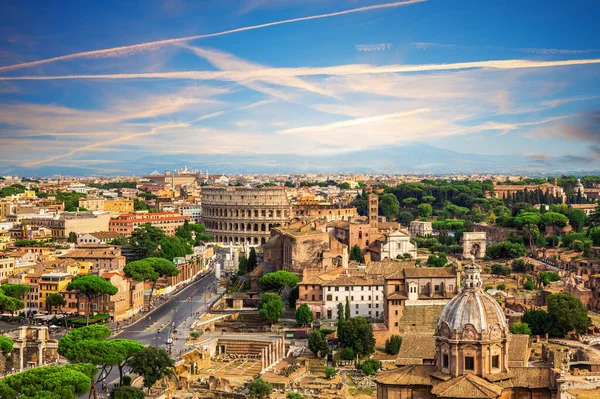
The eternal city offers an eternal variety of coffee experiences, from the touristy elegance of Antico Caffè Greco to neighborhood gems that locals guard jealously. Sant’Eustachio Il Caffè and Tazza d’Oro wage a friendly rivalry near the Pantheon, each claiming to serve Rome’s finest espresso.
The capital’s coffee scene reflects its diverse population, offering everything from traditional Roman roasts to innovative specialty coffee experiments.
Florence
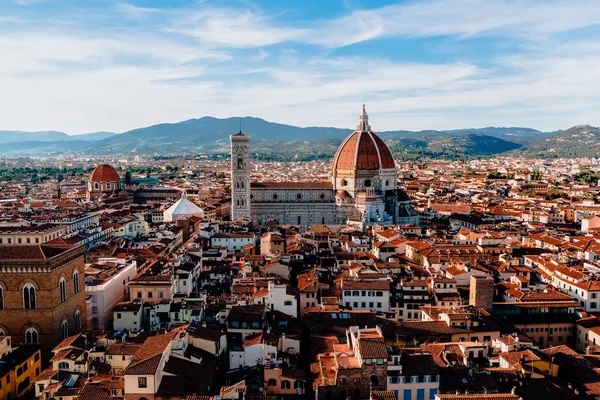
Tourism has transformed Florence into an unlikely laboratory for specialty coffee innovation, where historic cafés share streets with progressive roasters like D612 and Gearbox. The Renaissance city’s coffee culture bridges old and new, offering visitors both time-honored traditions and exciting experimental brews.
International influence from millions of visitors has created a unique openness to coffee trends that other Italian cities resist.
Bologna
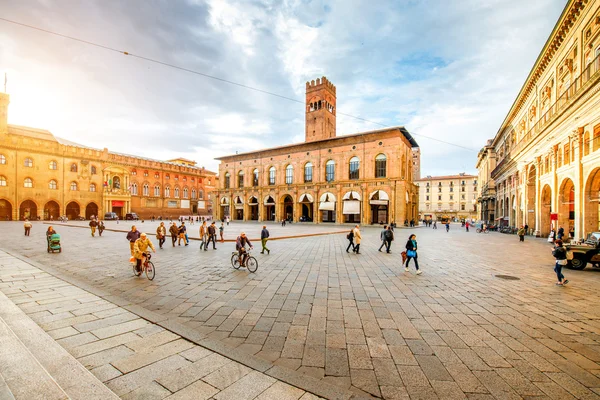
The university city’s large student population has fueled one of Italy’s most vibrant specialty coffee scenes, with shops like BURO serving avocado toast alongside innovative espresso drinks. Bologna’s coffee culture embraces change while respecting tradition, creating spaces where professors debate philosophy over cortados and students fuel late-night study sessions with pour-over coffee.
The city’s famous zabaglione coffee adds a sweet, wine-kissed twist to the typical espresso experience.
Like Travel Pug’s content? Follow us on MSN.
Verona
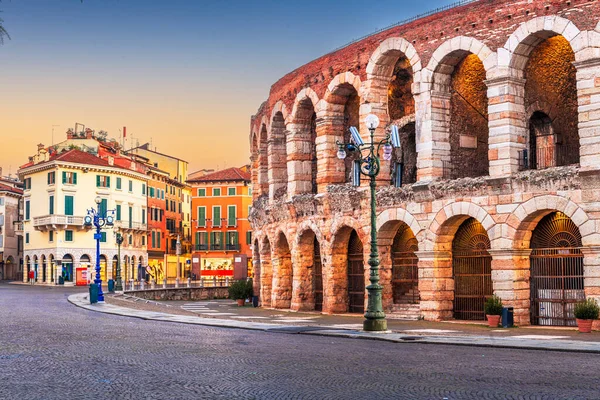
This romantic city has quietly developed one of Northern Italy’s most sophisticated coffee scenes, blending traditional Veneto brewing styles with modern specialty techniques. Local roasters like Garage Coffee Bros represent a new generation of Italian coffee professionals who respect tradition while pushing creative boundaries.
Verona’s coffee culture feels both intimate and cosmopolitan, perfect for the city that gave the world Romeo and Juliet.
Palermo

Sicily’s capital showcases coffee culture at its most exuberant and uncompromising, where strong, dark espresso fuels the island’s passionate approach to life. The unique caffè d’un parrinu (“priest’s coffee”) adds warm cinnamon and clove notes that reflect the island’s diverse cultural influences.
Palermo’s coffee bars serve as community centers where locals gather to debate, gossip, and celebrate the simple pleasure of perfectly extracted espresso.
Bari
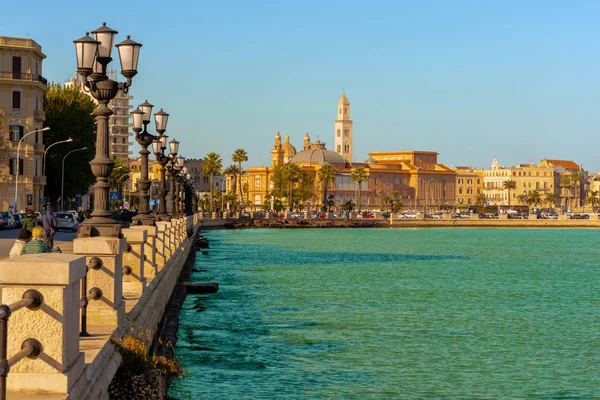
Puglia’s port city offers a refreshing take on Italian coffee through its famous caffè leccese and innovative iced coffee preparations that combat the southern heat. Local roasters like Saicaf have developed distinctive blends that capture the sunny disposition of the region.
Bari’s coffee culture proves that innovation doesn’t require abandoning tradition — sometimes it just means adding ice and almond milk to perfection.
Like Travel Pug’s content? Follow us on MSN.
Genoa
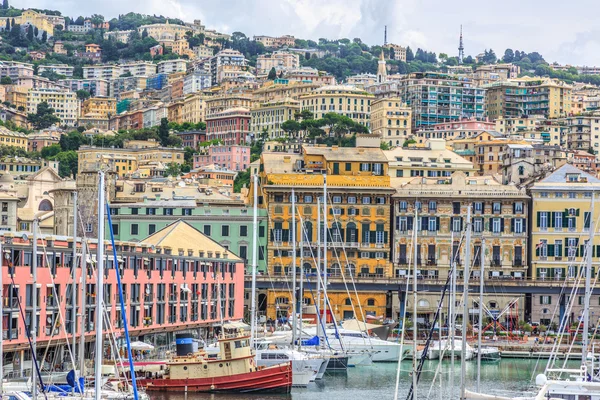
The historic maritime republic’s coffee culture reflects its seafaring heritage, with robust blends designed to energize sailors heading to distant ports. Ligurian coffee traditions emphasize practicality and strength, producing espresso that delivers a serious caffeine punch without sacrificing flavor.
Genoa’s coffee bars maintain an authentic working-class atmosphere that feels refreshingly honest in an increasingly touristy Italy.
Brescia
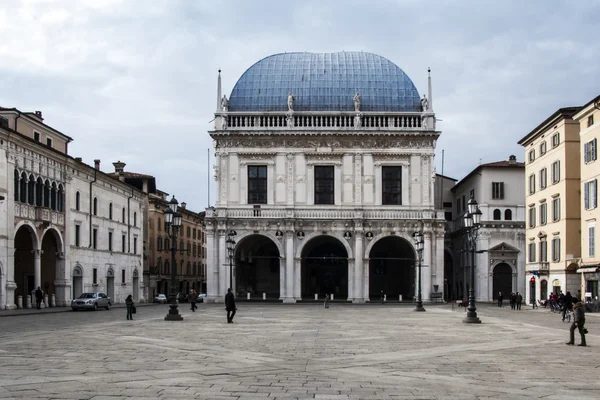
This Lombardy city represents the quiet evolution of Italian coffee culture, where traditional roasters like Agust (founded in 1956) continuously innovate while maintaining deep roots in local traditions. Brescia’s coffee scene operates under the radar, creating exceptional experiences for those who seek authentic Italian coffee culture away from tourist crowds.
The city’s approach to sustainability and quality reflects a mature understanding of coffee’s future in Italy.
Padua
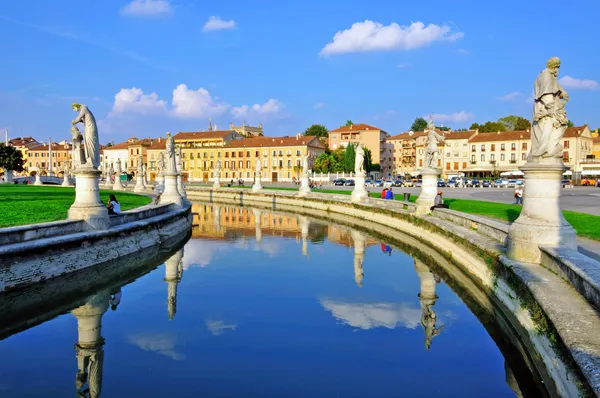
Home to the historic Patavina coffee drink, which combines espresso with refreshing mint syrup, cocoa, and cream in a combination that once appealed primarily to intellectuals and politicians. This university city maintains its scholarly coffee culture, where cafés serve as informal lecture halls and meeting spaces for academic discourse.
Padua’s coffee tradition proves that innovation often comes from unexpected flavor combinations that challenge conventional thinking.
Like Travel Pug’s content? Follow us on MSN.
Livorno
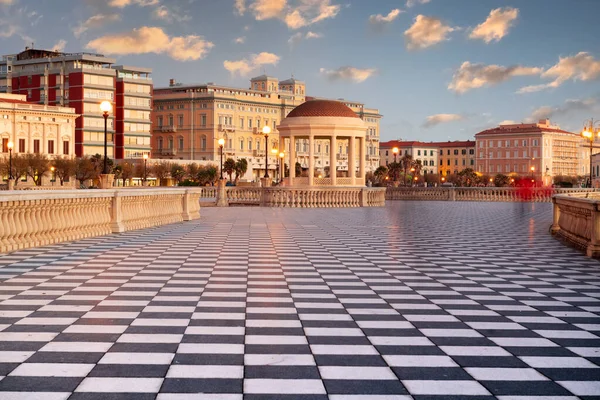
The Tuscan port city’s unique ponce tradition blends coffee with rum, lemon, and cinnamon, creating a warming drink that reflects the city’s maritime connections and international influences. This coastal coffee culture developed to satisfy sailors seeking both caffeine and comfort during long voyages.
Livorno’s approach to coffee demonstrates how local traditions can create unique drinking experiences that exist nowhere else in the world.
Forlì
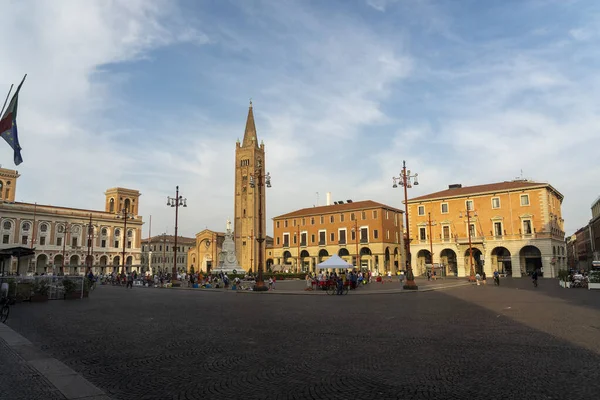
This Emilia-Romagna city has become an unlikely capital of Italy’s specialty coffee revolution, home to Gardelli Specialty Coffees and other innovative roasters pushing the boundaries of Italian coffee traditions. Forlì represents the future of Italian coffee culture, where respect for tradition combines with scientific precision and global perspectives.
The city’s coffee scene attracts serious coffee professionals seeking to understand how Italy’s coffee culture continues to evolve.
Lecce
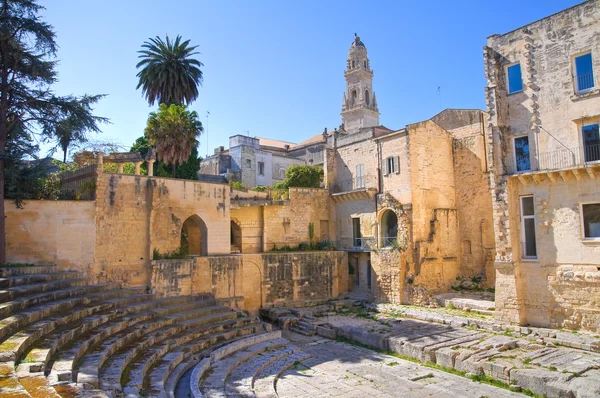
The baroque jewel of Puglia created the caffè leccese, which substitutes almond syrup for simple syrup in the traditional shakerato, producing a drink that tastes like liquid sunshine. This southern city’s coffee culture embodies the relaxed pace and sweet disposition of the Salento region.
Lecce’s coffee traditions prove that regional ingredients and local preferences can create drinks that capture the essence of place in every sip.
Like Travel Pug’s content? Follow us on MSN.
Catania
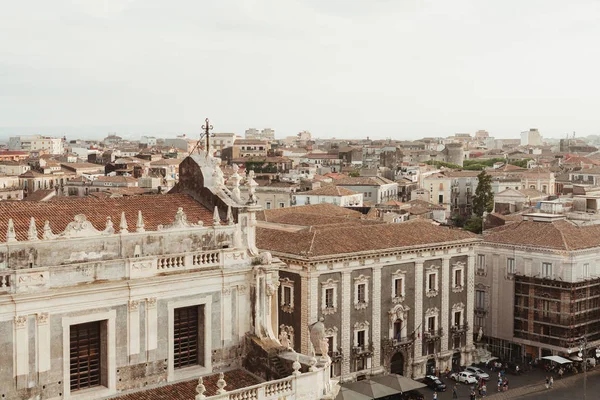
Sicily’s second city perfected the granita al caffè, a semi-frozen coffee treat that provides blessed relief from the island’s intense summer heat while delivering serious caffeine satisfaction. This volcanic city’s coffee culture matches its dramatic setting, with bold flavors and innovative preparations that reflect Sicilian creativity.
Catania’s approach to coffee shows how climate and local needs can inspire entirely new categories of coffee drinks.
Treviso
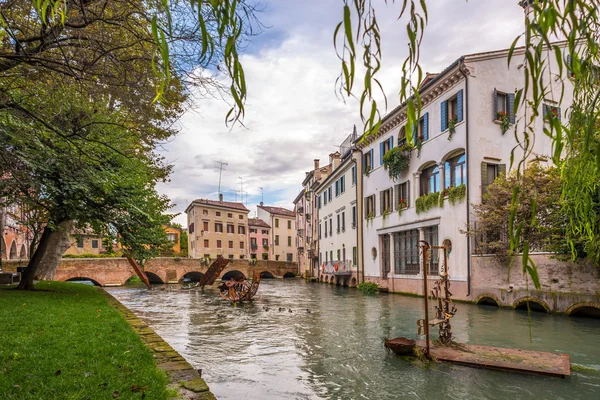
The elegant Veneto city maintains traditional coffee culture while embracing subtle innovations that reflect the region’s sophisticated palate and artistic sensibilities. Local coffee traditions emphasize balance and refinement, producing espresso that satisfies without overwhelming.
Treviso’s coffee scene represents the Veneto region’s ability to honor tradition while remaining open to gentle evolution and improvement.
Alessandria
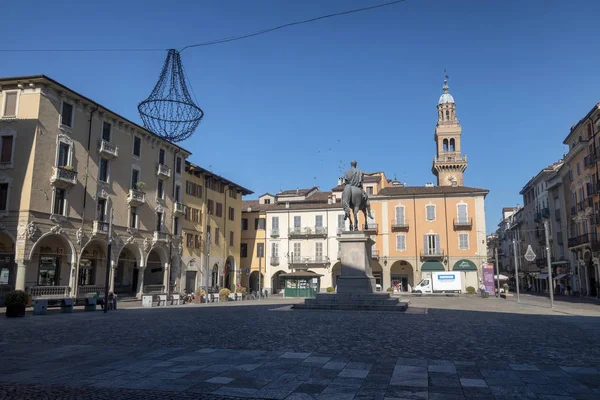
The birthplace of the marocchino coffee drink, created at Bar Carpano across from the famous Borsalino hat factory and named after the dark leather strips used in hat-making. This Piedmont city’s contribution to coffee culture demonstrates how local industry and creativity can inspire drinks that spread throughout Italy.
Alessandria’s coffee heritage proves that innovation often emerges from unexpected connections between different crafts and traditions.
Like Travel Pug’s content? Follow us on MSN.
Where Ancient Ports Meet Modern Passion
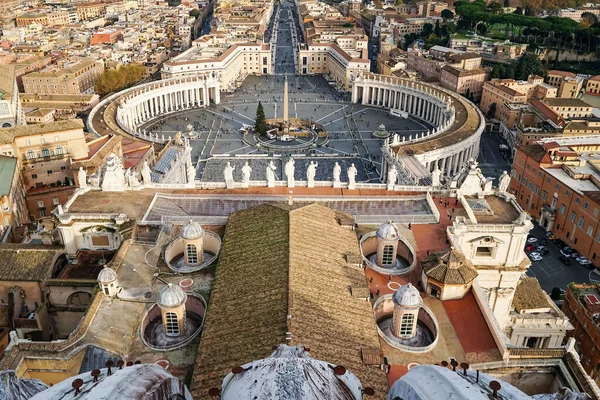
Italy’s coffee districts represent more than just regional variations on the espresso theme — they embody centuries of cultural exchange, local innovation, and passionate dedication to the perfect cup. From Venice’s role as Europe’s coffee gateway to Trieste’s position as the country’s caffeine capital, these districts tell the story of how a simple bean from distant lands became the beating heart of Italian daily life.
Each district’s unique approach to coffee reflects the broader Italian genius for taking external influences and transforming them into something distinctly, authentically Italian. As global coffee culture increasingly homogenizes around international chains and standardized preparations, these Italian coffee districts preserve the beautiful truth that the best coffee experiences emerge from deep local knowledge, passionate craftsmanship, and the kind of regional pride that can only develop over generations of dedicated pursuit of perfection.
More from Travel Pug

- 20 Best Beach Towns in the Carolinas
- 13 Destinations Where Tourists Regularly Regret Their Trip
- 20 Things You Actually Get in First Class
- 20 Small Airports With Aviation Museums
- 20 Places in the U.S. That Are Perfect for a Reset Trip
Like Travel Pug’s content? Follow us on MSN.
